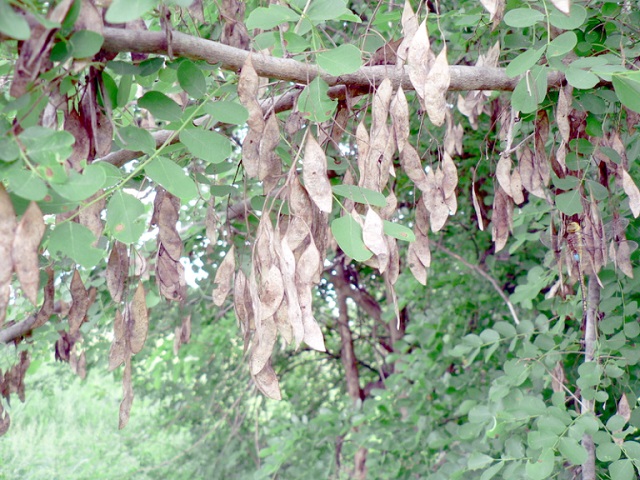
The Sunday News

Dumisani Nsingo, Senior Business Reporter
THE Forestry Commission has reaffirmed its position to protect endangered tree species in-line with the Convention on the International Trade of Endangered Species (CITES).
Forestry Commission deputy general manager Mr Abedinigo Marufu said the country’s regulated conserver of vegetation on gazetted and non-gazetted forests was making concerted efforts to protect Rosewood which was listed as an endangered tree species under CITES.
Rosewood is a species which occurs mostly in southern and central Africa including Angola and Zimbabwe.
In Zimbabwe it is one of the three commercial species called the “big three” which includes teak and mukwa.
It is highly prized, for veneer and lumber and valued as an important specimen for production of fine furniture.
“On tree species there are Rosewood which are listed on Appendix II such as the Dalbergia mellanoxilon which is one of the protected species under CITES. It is found in some countries in southern Africa as well as in countries such as Rwanda. In Zimbabwe we have always protected it in various ways for instance it is not used for producing furniture but only used in small quantities to produce curios,” said Mr Marufu.
Rosewood is one of the 12 indigenous trees listed under Statutory Instrument 112 of 2001 that is Forest (Control of Timber) (Export of unprocessed and Primarily Processed Indigenous Hardwoods) Regulation, 2001.
This instrument prohibits the exportation of unprocessed and primarily processed timber such as logs and or rough sawn timber (RST) of these listed species.
“This instrument is in force and all exports of timber products whether softwood or hardwoods are regulated by Forestry Commission with the assistance of Zimra at all our border posts.
“There is no timber which is exported in its raw form as this contravenes Statutory Instrument 112 of 2001 which prohibits trade in all our indigenous trees in their primary form.
“The exportation is only done through us as we are the ones that offer the permit. Even harnessing of other tree species such as teak and mukwa are controlled so we compliment CITES’ efforts in a way,” said Mr Marufu.
He said trading in these species in their primary form can only be done by timber poachers who evade the control processes or bribe Government officials at the borders.
He said Forestry Commission was in the process of researching on methods to propagate some of the endangered species with a view to protecting them and adding to their numbers.
Conservation efforts have so far focused on three species which are under various levels of threats namely warburgiasalutaris, meliciaexcelsa and biviniajalbertii.
“It has to be noted that indigenous trees are slow growing and as such we want our people to value them and approach us to seek information about them as well as to seek permission to cut them,” said Mr Marufu. – @DNsingo



